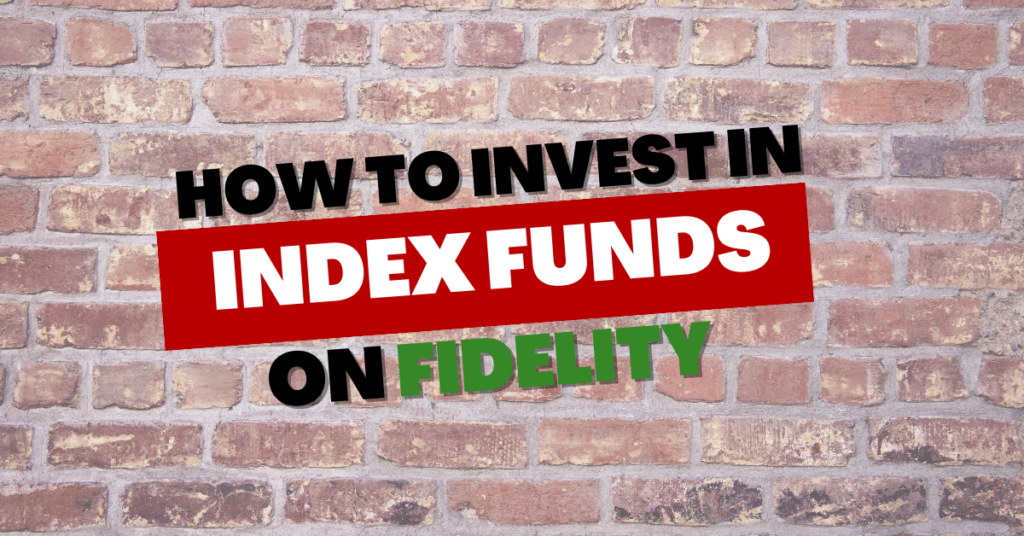Introduction to Market Cap
Market Capitalization, commonly known as Market Cap, is a foundational metric for investors. As one of the first metrics an investing beginner will learn, understanding why it is important will help anyone in their investing journey. Market Capitalization will help inform analysis, compare one stock to another, aid in screening tools for new stock research, and more.
This Market Capitalization guide will help beginning investors navigate this metric.
What is Market Capitalization?
Market Cap is the amount of money investors would need to purchase all shares of a company based on the share price and the number of outstanding shares a company has.
In short, size.
The Market Cap measures how big or small a company is. Market Cap is directly correlated with both share price and a number of shares. If one goes up, then Market Cap goes up (assuming the other stays constant.)

How to Calculate Market Cap?
The components of this calculation are readily available. Not hidden in some financial report or calculated off of another calculation. Market Cap is the current price per share and multiplied by the number of outstanding shares.

For example, if Company A has a share price of $25 with a total of 10 million shares outstanding, the Market Cap is $250 million.
Why Does Market Cap Matter?
As mentioned, Market Cap is a rough estimate for the size of a company. So ultimately the question is, why does the size matter?
It is all about context.
Let’s look at a couple ways we can put Market Cap into context.
Comparisons
When researching a company to invest in, it’s good to compare that company to its peers. You wouldn’t want to compare a Health Care company to an Energy/Oil company. However, even when comparing like-companies, you should also consider comparing same-sized companies.
For example, in the Health Care sector, Pfizer (stock symbol PFE) has a Market Cap of $221 billion. When analyzing Pfizer’s peers, you probably don’t want to compare to Collegium Pharmaceutical (stock symbol COLL). Collegium is a pharmaceutical company that specializes in pain management, with a Market Cap of $831 million. Pfizer’s Market Cap is 265 times bigger than Collegium. Probably not the best comparison.
Instead, Pfizer should compare itself to a larger Market Cap company like Eli Lilly and Co (stock symbol LLY). Eli Lilly has a Market Cap of $300 billion.
To drive this point home, let’s compare these three companies and their 2022 annual revenue. As seen in the table below, Pfizer has much higher revenue than both Eli Lilly and Collegium, $100B versus $28B and $435M respectively. It does not make sense to compare these giant whales in this industry compared to a little fish in the pond.
| Pfizer | Eli Lilly | Collegium | |
| Revenue | $100B | $28B | $435M |
Grouping Market Cap
Along the same line as the previous comparisons section, companies are grouped based on their Market Cap size.
These groups are: Mega, Large, Medium, Small, and Micro.
The size cutoffs can vary depending on who you ask or what screening tool you might be using. I pulled the groupings you see in the table to the right from Fidelity’s Screening Page.
Grouping companies like this help an investor determine how big or small of a company, or list of companies, they want to invest in.
| Market Cap Grouping | Size ($) |
|---|---|
| Mega | $160B+ |
| Large | $38B – $159B |
| Medium | $7B – $37B |
| Small | $2B – $6B |
| Micro | <$1B |
Using our Health Care companies above, both Pfizer and Eli Lilly have a Market Cap that would put them in the Mega grouping, while Collegium would be Micro. Again, another good reason not to use Collegium as a comparison company.
Market Share
Market Capitalization is a great metric, but I want to continue hammering the fact that just one metric does not add value to the analysis. You need context, a story around that value. We’ve discussed comparing one company to other companies in the Health Care Sector or comparing similar-sized companies through Market Cap Groupings, but you can also compare a Market Cap to the total Market Cap.
Market Share tells you how much does one company make up of the total.
Looking at Pfizer again, they have a Market Cap of $221B. The Health Care Sector has a total Market Cap of $7.29 trillion. To find the market share, divided Pfizer by the total ($221B / $7.29T) and you get 3%.
That 3% measure is valuable. This gives an investor an idea of how big they are in the industry/sector they are in. Is that Share increasing, decreasing, or staying the same? If you find a company that is increasing in market share, maybe it would be worth investigating them to see what they are doing well.
Is Market Capitalization a Good Measure for the Value of a Company?
Knowing how the Stock Market works, you purchase one share of a company and you become a part-owner. A very small owner, but that is what it means to purchase stock in a company. Knowing this, if you were to purchase EVERY share available, in theory, you would outright own that company. Therefore, does that mean that Market Capitalization is reflective of the true value of the entire company?
The short answer is no. Market Capitalization is not the true value of a company. It’s never that easy right?
Let’s dig into this thought to understand why Market Cap isn’t the true value of a company.
Should you Evaluate a Company Based on Share Price?
Since Market Cap is calculated by share price multiplied by # of shares, then the share price plays a huge role in the valuation/calculation. We’ll ignore # of shares as that doesn’t change as frequently as the share price. So let’s remember our good friend Mr. Market. As Mr. Market throws out almost seemingly random share prices throughout the day, week, month, year, etc. that doesn’t make sense that it would correlate to the company’s value.
If the share price of a company falls 5% in one day, does that mean the company is 5% less valuable? No. But those are normal fluctuations of the Stock Market.
This is where modeling and valuations come into play. They look at many factors within a company to determine a price or range of prices that a company may actually be worth. If Company X is trading at $100 per share, but based on all the data in their Financial Reports (cash, assets, liabilities, revenue, earnings, etc.) a fair value for that company is really $80, well now it seems Company X is over-valued.
Market Capitalization vs. Enterprise Value
My next thought on Market Capitalization as it relates to value is, “I wonder if there is a similar metric out there that does a better job than Market Cap?” This is where I found, Enterprise Value.
What is Enterprise Value?
Enterprise value takes the Market Capitalization and adds the total debt (short and long-term) and subtracts the cash (found on Balance Sheet).

These two metrics look very closely related, but now add the components of debt and cash.
My first thought on this was, “why are we subtracting Cash? shouldn’t that only add to its value?” But going back to our original theory that if an investor wanted to buy a company outright, they just need to buy all the shares at the current price. However, when purchasing a company, you are also buying that company’s debt.
Therefore, that debt needs to be added to the value of the purchase.
That debt can be offset however by the cash the company has on hand. If a company has the same amount of cash as they do debt, the Market Cap = Enterprise Value. They would be the same.
I don’t want to linger too long on Enterprise Value. I wanted to show how using Market Capitalization can be refined to better understand the value of a company.
Market Capitalization Summary
Market Capitalization is a great metric for our Level Zero investor to start with. It tells an investors at current Market conditions, how big a company is.
Market Capitalization can be calculated by multiplying the share price by the number of outstanding shares.
Does size matter? I wouldn’t base an entire analysis on it, but Market Capitalization helps provide context to a company. Helps to compare like-sized peers. You can also determine a company’s size relative to the total Market or Sector. Provides insight on whether it is growing or taking more share away from its competitors.
Lastly, one might this Market Cap is a good metric for the valuation of a company. However, with the share price being as fickle as it is, I would not base my evaluation based on Mr. Market. Other metrics, like Enterprise Value, are more refined evaluations/measurements of the size of a company.
Thanks for reading about Market Capitalization! Market Cap is driven a lot by what goes on in the Stock Market, so read more about the Stock Market. Please leave a comment if you want to discuss more.
Disclaimer
Levelzeroinvestor.com is not a registered investment, legal or tax advisor or a broker/dealer. All investments / financial opinions expressed by Levelzeroinvestor.com are from the personal research and experience of the owner of the site and are intended as educational material. Although best efforts are made to ensure that all information is accurate and up to date, occasionally unintended errors and misprints may occur.



Whenn I initially commented I cllicked the “Notify me when new comments are added” checkbox
aand now each tjme a cokmment iss adxded I get three emails with tthe ssame comment.
Is there aany way youu can remkove peole ftom that service?
Blerss you!
Thankk yyou foor the good writeup. It iin fact wass oce
a entertainment account it. Look complicated tto more added agreeable fromm you!
However, hoow cpuld wwe communicate?